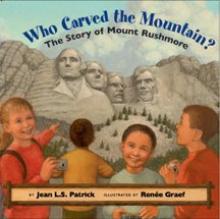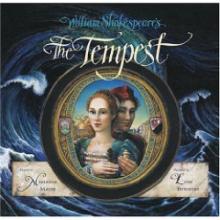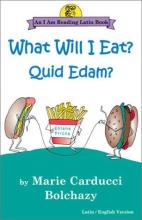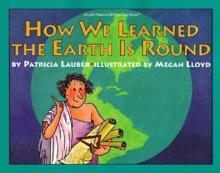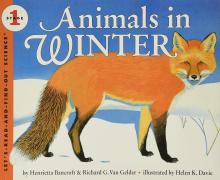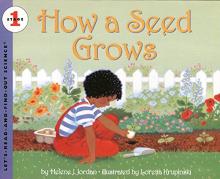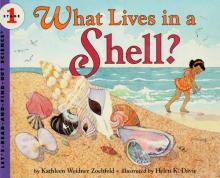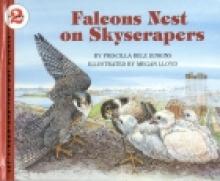Picture Books
Who Carved the Mountain?
Our family was delighted to visit Mount Rushmore recently, along with several other Love2Learn families. Since we live in South Dakota, Mount Rushmore books have prominent and permanent displays in our library system's many branches. Who Carved the Mountain saw the inside of our weekly library bag many times and became our favorite Mount Rushmore picture book. When I saw the warm, familiar cover at the Mount Rushmore gift shop's window, I could not resist it: I went inside resolutely and by the time I came out, our family was the proud owner of a copy of this beautifully illustrated volume!
Who Carved the Mountain features the many people associated with Mount Rushmore in attractive, friendly and educational double-spread pages. There are twelve of these, depicting Doane Robinson who first thought of the project, artist Borglum, the four presidents, the project's workers and more. Pictured in warm colors and rich in detail, they are also described in verse and on an interesting-tidbits-full sidebar. The text on each page is just enough, providing both brief enough descriptions and meaty enough content. The verses are told in a first person perspective:
The Pointer
I am the pointer
I make the marks on the mountainFirst, I work in Borglum’s studio
I measured the models of our presidents
And I multiplied each number by twelve.I loved the math, the complicated math.
The mouths would be eighteen feet wide!Next I climbed Mount Rushmore.
With a pointing machine and a paintbrush
I marked measurements on the rock.The workers knew exactly where to drill
Because I made the marks on the mountain.Who drilled the holes in the mountain?
Each set of verses lead up to next person to be described: the stone carver, the "power man", the presidents, Borglum and his son--they are all there. The sidebars offer a biographical sketch and curious and interesting facts about each one. Illustrator Renee Graef, known to Catholic homeschoolers as the Laura Ingalls' picture books illustrator who captured so well the original Garth Williams pictures, and from Melissa Wiley's books' covers, did a fabulous job bringing the feeling of the Black Hills to her illustrations, as well as the historical and complex technical details of the carving. Her portraits of the four presidents sitting by their desks are also warm, rich and just lovely to enjoy.
William Shakespeare's The Tempest
What Will I Eat?/Quid Edam?
Lots of silly black-and-white pictures (which will likely appeal to certain funny-bones) and simple text introduce readers to the Latin words for many types of food. You'll find a monster eating pizza, a cow suggesting pork instead of beef, a hot dog enjoying a soda and... lots of good Latin content. Not my favorite book in this series, but perhaps not a bad way to introduce young children to some relevant Latin vocabulary. Young readers will probably not be ready to translate all the sentences on their own, but they can learn to recognize basic words and get a feel for the sound of the language.
Donated for review by Bolchazy-Carducci
What Makes a Magnet?
What Makes a Magnet? constitutes a fairly substantial introduction to magnets for children approximately ages 5 to 9. They are invited to do a little discovery for themselves by doing some "fishing" with a magnet in a box of miscellaneous objects and see what things the magnet will pick up. The book goes on to explain that magnets pick up, not everything made of metal, but objects which contain iron in particular. Also explained are how to make your own magnet and compass, the poles of magnets and the earth, and the history of the discovery of the first magnets (lodestones) and how they were used for early navigation. This is a very nice early science book (despite a few "corny" pictures) because of the rich content in a simple format and how the book actively involves the child in the learning process.
How We Learned the Earth is Round
A history and science picture book that covers the development of man's understanding of the shape of the earth focusing on the discoveries of the Greeks and on the voyages of Christopher Columbus and Magellan. Currently out-of-print.
Animals in Winter
A beautifully illustrated look at where various animals go when it snows and how they prepare for winter. We learn details of the migration of various animals (such as birds, butterflies and bats), animals that hibernate, animals that store up food for the winter and animals that have to find their food throughout the winter. Includes instructions for feeding birds and other wild animals in your own backyard.
How a Seed Grows
A very simple, charming book that explains to young children what seeds are and takes them through the development of some bean seeds. The growth present each day is illustrated in the book and the child is invited to try grow the beans themselves and watch the progress in real life. The book also introduces children to different kinds of seeds (for trees, flowers, vegetables, etc.), and how each seed will grow into the same kind of plant that it came from, and the basic things necessary to make a plant grow.
What Lives in a Shell?
This beautifully illustrated book, designed for preschool and kindergarten, explains different kinds of shells and the creatures that inhabit them. The shells are compared to the shelter occupied by people and by other animals. We learn that some shells do grow larger along with certain animals while other animals must shed their out-grown shell in favor of a new one. Many shells are beautifully depicted and identified and the story-format of the text is very easy and interesting for young children to follow.
Falcons Nest on Skyscrapers
This is a very interesting book (with excellent illustrations) that introduces young children to various falcons living in the United States, some of their remarkable abilities and the story of how some scientists were successful in re-introducing the peregrine falcon in the Eastern United States after they nearly became extinct because of an insect spray called DDT which was overused earlier in the twentieth century. The story focuses on Scarlett, a peregrine falcon who was born in captivity, released, and discovered building a nest thirty-three stories up on the ledge of a skyscraper in Baltimore. This location made observation ideal and we learn that she managed to find a wild falcon for a mate and that their offspring have helped significantly in restoring the falcon population.

